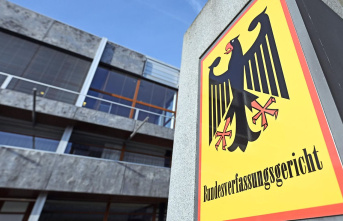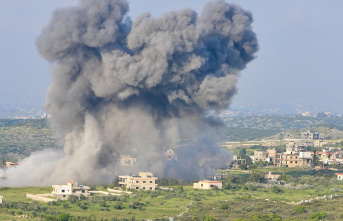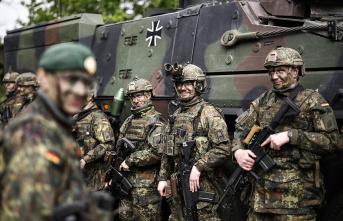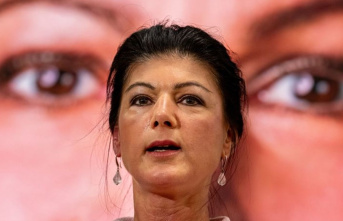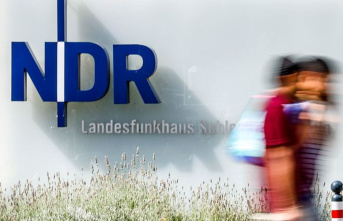Hardly anyone expected that the conflict between the central government in Addis Ababa and the rebels in the Tigray region would soon be resolved. And yet the people of Ethiopia hoped that they would be spared the horror stories and images of brutal attacks. Things turned out differently: the ceasefire that had been in effect since March broke a few days ago.
According to unconfirmed reports, two children were killed in an attack on a kindergarten on Friday. In the north of the country, on the Horn of Africa, fighting is raging again. Local media blames the central government in Addis Ababa for the kindergarten attack. The government denies this - but at the same time confirms that the Luftwaffe flies attacks on military installations.
Peace talks a long way off
As so often in this conflict, it remains unclear who is actually responsible for the end of the ceasefire - both sides blame each other. There have been repeated provocations in recent months. For example, the Ethiopian military had announced that it wanted to upgrade its air force. "Both sides have not even formally managed to initiate peace talks," explains William Davison, Ethiopia expert at the Brussels think tank International Crisis Group. It is currently unclear which military goals the conflicting parties are pursuing.
The conflict in Tigray began in early November 2020. The relationship between the government in Addis Adeba and the People's Liberation Front of Tigray (TPLF) has been marked by tension for years, with the TPLF dominating Ethiopia for a good 25 years. Abiy Ahmed then came to power in 2018, and in 2019 he received the Nobel Peace Prize, primarily for Ethiopia's reconciliation with Eritrea.
The TPLF subsequently held elections in Tigray on its own and shortly thereafter attacked a military base. Prime Minister Abiy launched an offensive with the help of Eritrea - but many high-ranking army officers defected to the TPLF. The government rolled out heavier and heavier artillery, but was unsuccessful. Then Addis Ababa began a de facto blockade of the Tigray region.
Worst drought in 40 years
The conflict threatens to further aggravate the already devastating situation for residents of the Tigray region. According to the World Food Program (WFP), Ethiopia is experiencing the worst drought in 40 years. The drought has now lasted for a good two years and has severely affected the country's food production and drinking water supply. More than five million residents of Tigray depend on aid supplies. A total of around 70 percent of the people in the region are affected by hunger, some of which is severe.
It was only the humanitarian crisis in Ethiopia that forced the conflicting parties to sign a ceasefire in the spring. This should enable urgently needed aid deliveries to the region. The TPLF rebel group then agreed to the so-called "humanitarian ceasefire". Ultimately, it didn't last too long.
Uncertain future
The entire conflict is the provisional end point of the country's positive development, which in recent years has been seen as a beacon of hope and an anchor of stability in the Horn of Africa. Since 2011, Ethiopia's annual economic growth has been more than nine percent. Reformer Abiy was awarded the Nobel Peace Prize in 2019 after settling decades of border disputes with neighboring Eritrea. In the meantime, however, Abiy has been heavily criticized.
The Tigray rebels also have little to gain in the conflict. If the region did become independent from Ethiopia, Tigray might not survive economically. However, reintegrating the region also seems impossible. Human rights organizations complain that serious war crimes and ethnic cleansing have taken place on both sides. In response, the US, the EU and other Western donors cut their payments to Ethiopia.


